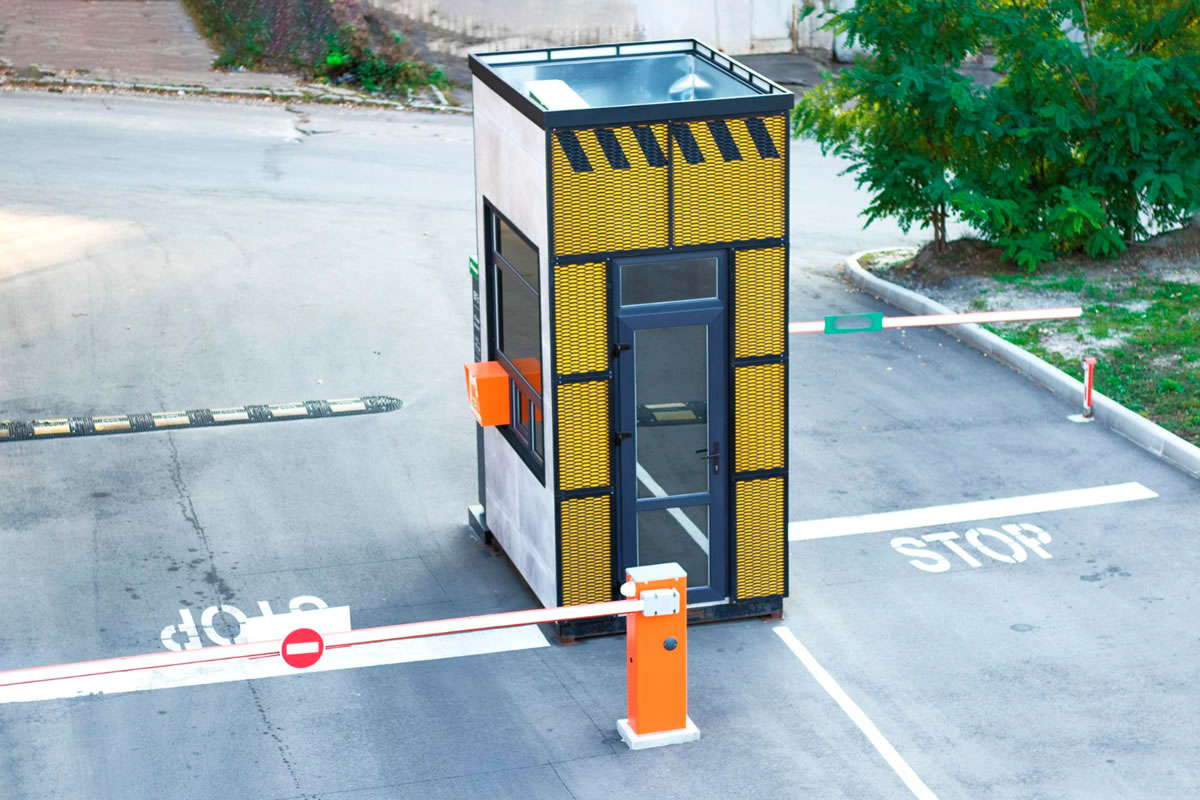Understanding Access Control

Every day, each of us needs access to various physical spaces. Each of these areas has a different tier of access restriction. Houses, apartments, garages, and gymnasiums are a few of the restricted establishments we regularly access. A shared access point is an entry to a facility where numerous people need access at different times throughout the day. Shared access points are all around us. Parking garages, front doors for apartment complexes, entrances to an office building, and gated security systems for gated communities are shared access points that we regularly confront.
Access control is the selective regulation of access to these shared access points. Acquiring access to a shared access point demands the entrant to show some form of authenticated credential at the access point. Unlocking a shared access point requires the entrant to have or to know something. If the entrant has a physical device that allows the opening of the access point, the entrant uses that apparatus at the shared access point, granting access. Instances of "something you have" include: clickers to unlock gates for gated communities, key cards for door readers in an office building or parking garage, key fobs for office entrances and apartment front doors, and physical keys for locks. Shared access points can also mandate that entrants know something to gain entry. Illustrations of "something you know" include a four-digit code typed on a gate keypad, or for guests to a gated community with a security guard, the name and address or apartment number of the tenant they are visiting.
Sharing access is challenging. Each kind of access mechanism presents its own problems when multiple individuals need entry beyond a single shared access point. For example, gates and garages opened by clickers require the entrant to have the device within close range of the access point, as it only functions nearby. Unlocking the gate or garage from anywhere past close range (remote open) is inconceivable due to the device's limited scope. Physical keys, key cards, and key fobs must be carried around and have an even shorter range than clickers. None of these mechanisms permit remote opening of the access point.
Sharing access through mechanisms that demand "something you know" is equally tricky and comes with different issues. In the matter of shared gate codes, which are documented on a gate keypad and are familiar in gated communities, the entrant must memorize the code. Irregular visitors to a gated community usually forget the 4-digit string of numbers, and the neighborhood owners occasionally change codes. Most current keypad systems include a single shared code for all citizens, so sharing access is equal to giving a "master key" to any guest of the gated community. To ensure the security of gated neighborhoods that use passcode access, community leaders have two choices:
Each residence in the community has its own unique code. In this system, community managers must alter codes regularly to guarantee the web of people with entry doesn't grow too big. Another issue with this system is that large communities grow insecure: for a 1000-unit neighborhood that employs a 4-digit code, any random code has a 1 in 10 probability of working.
The gated community has one access code for all inhabitants. The access code must routinely change to keep the web of individuals with access reasonably limited, and each homeowner must regularly update their companions and service specialists with the updated code.
Both of these alternatives are inconvenient for homeowners in the gated community, so community managers rarely switch codes. In large gated neighborhoods with a code that never switches, the number of non-residents that know the code can increase, as each community member often shares codes with several non-residents. After a few weeks, thousands of friends, service professionals, and visitors may have access to the community. If a security incident happens within the community, there is no way to be sure who was involved or who provided the code to the offender.
Shared access points and sharing access is unsuitable. Whether the access mechanism is something you have or know, each approach has a unique issue in balancing convenience and safety. Physical access apparatuses like clickers, key cards, key fobs, and physical keys must be carried around and have brief contact points, making the remote opening of shared access points inconceivable. Shared codes are challenging to remember, can be modified, and present several security hazards as the code proliferates among entrants.
We hope this helps you better understand access control. If you are looking for gated security systems solutions, contact us today for details on how we can make your community safer.